01. juli 2025
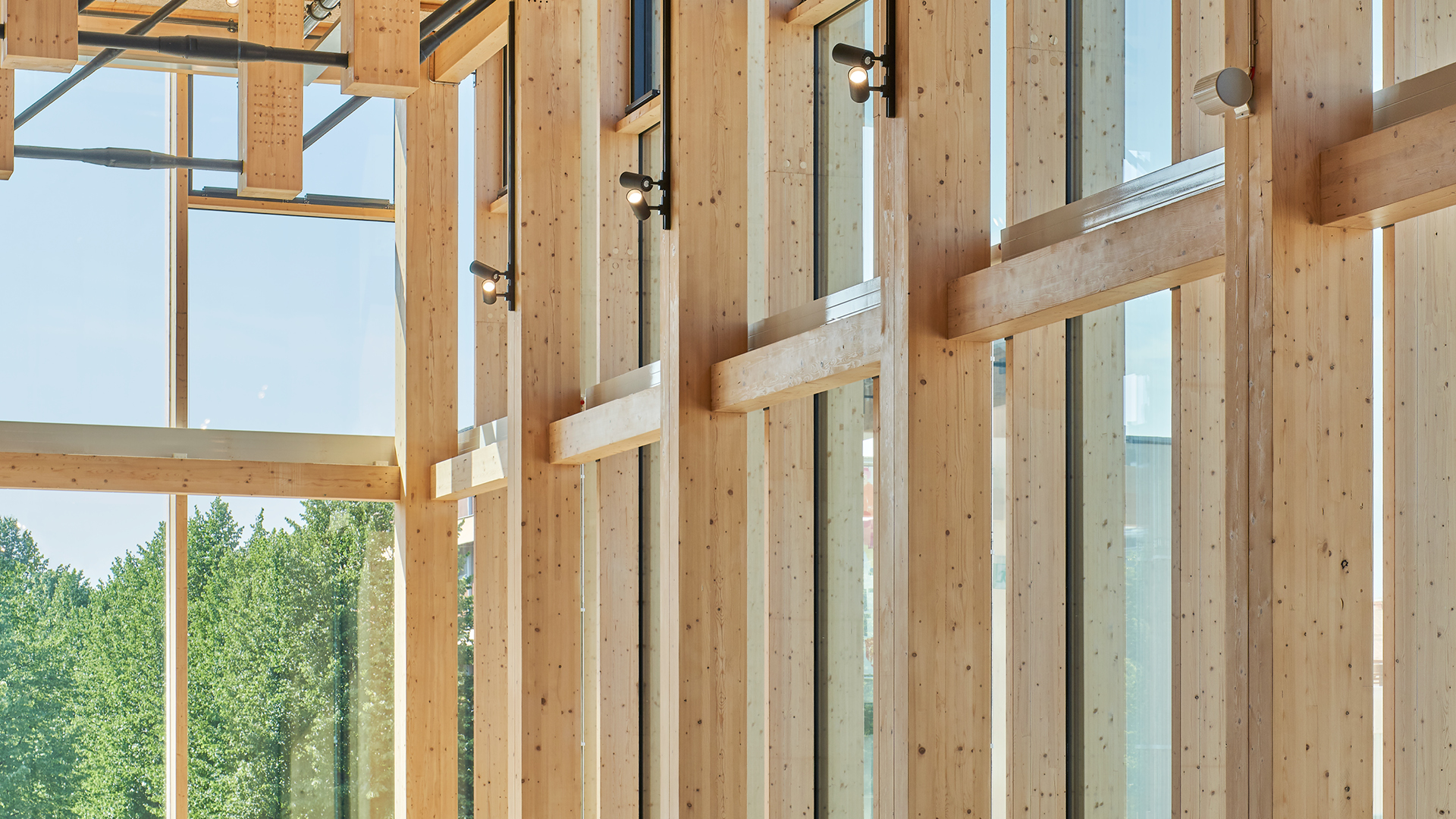
Josefine Alstrup
As architects, we know space is never neutral. A room can stir or still us. Light can energise or exhaust. Materials can ground us. Or leave us adrift.
Reconnecting with What Matters:
Biophilic Design as a Path to Healthier Spaces
By Audrey Lawton, Design and Specification Manager & CPD Lecturer for Hørning, London
I know a space is never neutral. A room can stir or still us. Light can energise or exhaust. Materials can ground us. Or leave us adrift.
For me, this sensitivity has always been second nature. Long before I had the vocabulary for it, I found myself instinctively drawn to spaces that felt alive, those that subtly echoed the rhythms and patterns of the natural world.
It wasn’t until much later, during my studies in interior design, that I encountered the term that gave shape to what I had long felt: biophilic design. First coined by Harvard biologist Dr. Edward O. Wilson in the 1980s, the term builds on a simple truth: that humans possess an innate need to connect with nature. It’s hardwired into us. And in the built environment, it’s often overlooked.
Responsive Architecture: Natural Elements Shape Human Wellbeing
What continues to fascinate me is how even small, thoughtful biophilic interventions can yield measurable effects. Exposure to natural materials and patterns isn’t merely aesthetic, it’s neurological, physiological, and psychological.
Biophilic spaces can:
- Lower stress and blood pressure
- Improve concentration and cognitive function
- Enhance mood, productivity, and emotional balance
In a world increasingly defined by screens, speed, and synthetic environments, nature becomes not a luxury - but a necessity.
Why Timber Matters
My collaboration with Hørning has been especially meaningful in this context. As a company rooted in the natural world working exclusively with real timber. They understand that wood is more than a building material. It’s a medium for connection.
Even the most straightforward timber floor can bring warmth, texture, and organic complexity to a space. The grain beneath your feet, the feel of natural variation, all of it contributes to a sense of grounding, presence, and calm.
That’s why timber plays a central role in our RIBA CPD seminar, Building a Sustainable Future: Benefits of Timber Flooring in Architecture. We explore not just the environmental logic of timber, but the emotional logic - how it creates healthier, more rewarding spaces for people to live, learn, and work in.
More Than a Trend
Biophilic design is often talked about as a trend. But to me, it's timeless. It’s a return to what we’ve always known: that we are not separate from nature, but deeply interwoven with it.
As part of the architectural process, we hold the pen that sketches the contours of everyday life. We can choose the sterile or the sensory. We can default to efficiency, or we can design for emotional well-being.
In doing so, we don’t just build better buildings.
We create spaces that help people feel more human.
And that, to me, is the real power of design.
Photos by: Åke Eson Lindman & Bjarne Lund Johansen
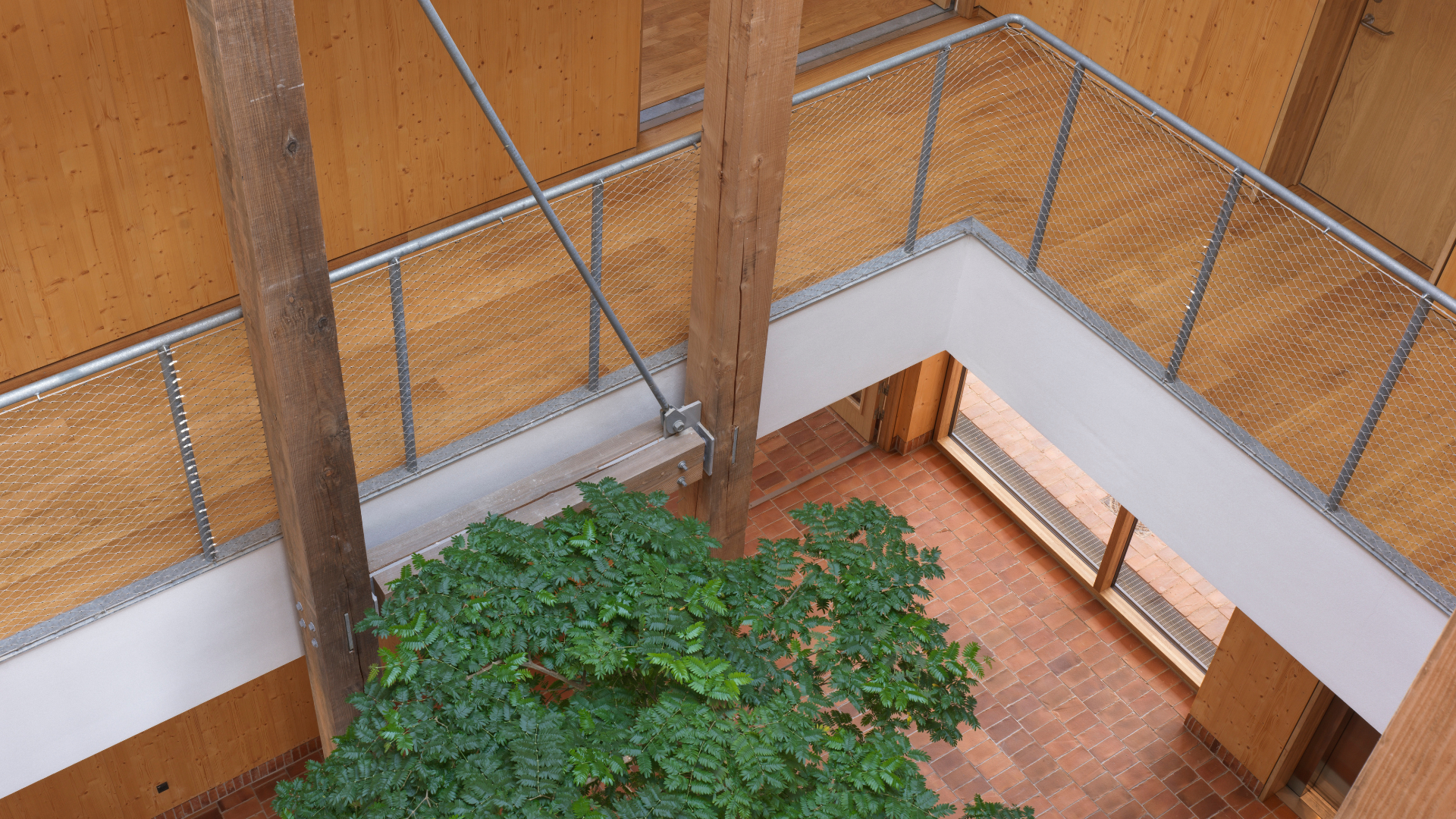
Explore more stories
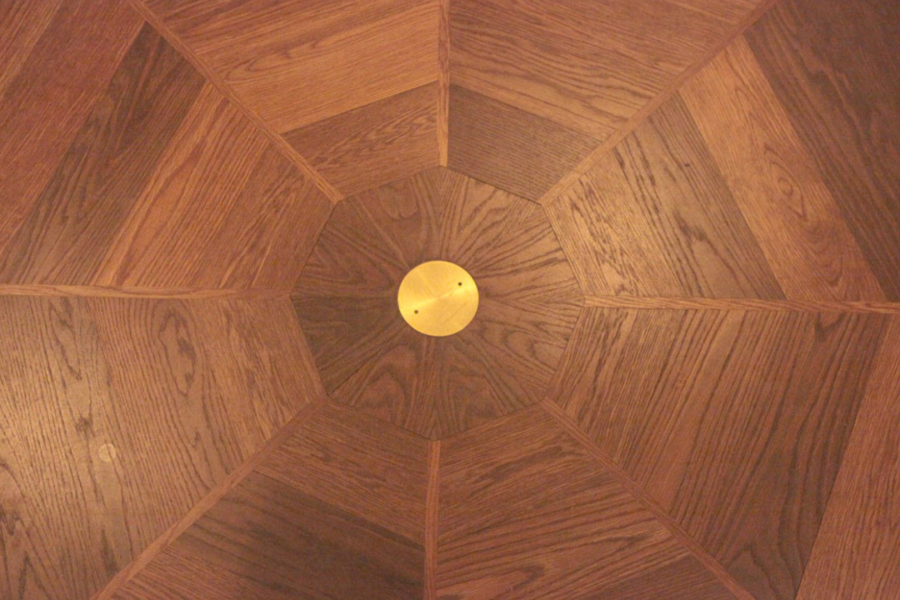
A Restoration Of Rarity
16. december 2025
Hidden in the historic heart of Copenhagen stands a museum unlike any other. Davids Samling is not loud, not sprawling, not crowded with architectural gestures.
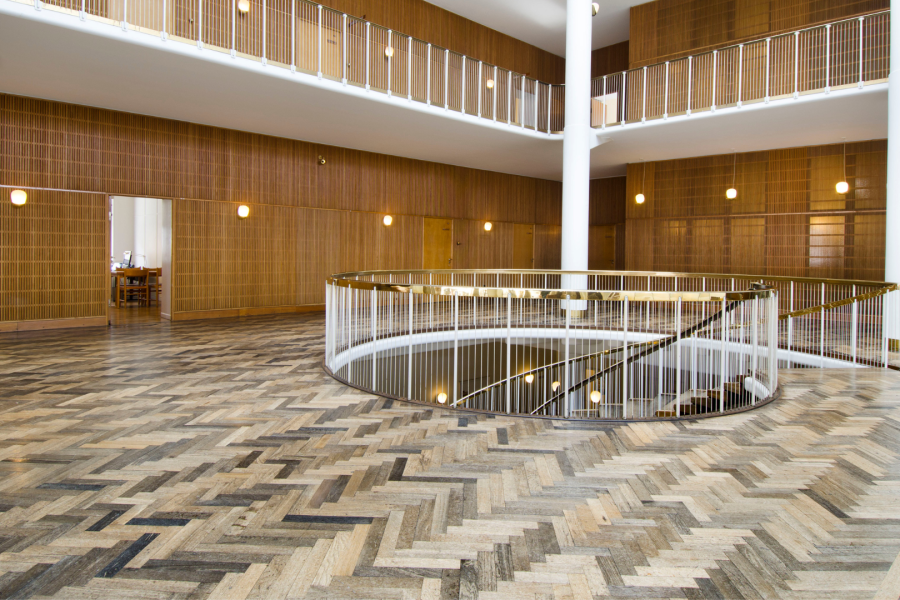
Crafting Cultural Landmarks
09. december 2025
Across Denmark, some of our most beloved public buildings share a quiet commonality: they are created by architects with courage and conviction.
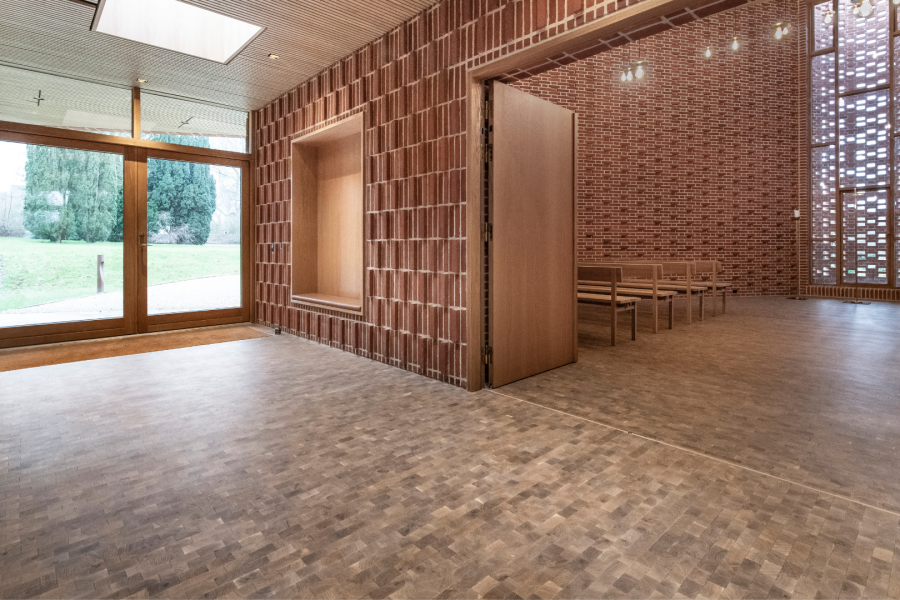
Handcrafted Harmony
09. december 2025
In the quiet town of Odder stands a chapel that redefines simplicity. Designed as a space of reflection and farewell, anyone is free to enter.



